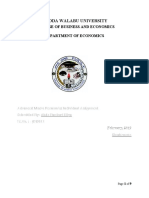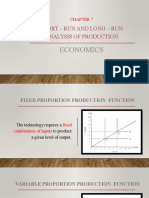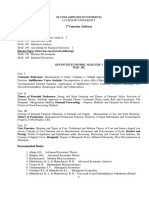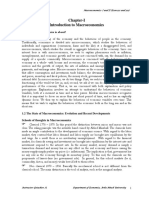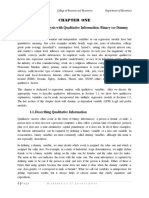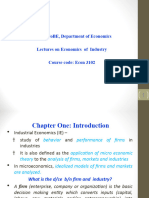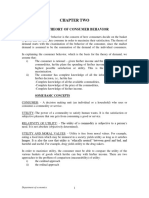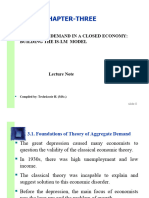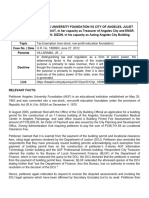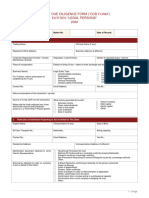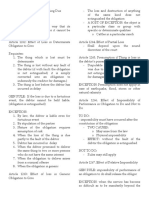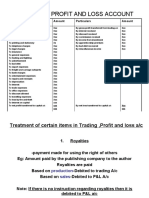0% found this document useful (0 votes)
785 views24 pagesChap 5 Divesification, Integration and Merger
This document discusses different types of consolidation of market power through diversification, integration, and merger. It defines diversification, lateral diversification, conglomerate diversification, vertical diversification, and diagonal diversification. It also discusses the reasons and motives behind each type of diversification and integration, as well as the motives behind mergers, and implications for public policy.
Uploaded by
ZeCopyright
© © All Rights Reserved
We take content rights seriously. If you suspect this is your content, claim it here.
Available Formats
Download as PPTX, PDF, TXT or read online on Scribd
0% found this document useful (0 votes)
785 views24 pagesChap 5 Divesification, Integration and Merger
This document discusses different types of consolidation of market power through diversification, integration, and merger. It defines diversification, lateral diversification, conglomerate diversification, vertical diversification, and diagonal diversification. It also discusses the reasons and motives behind each type of diversification and integration, as well as the motives behind mergers, and implications for public policy.
Uploaded by
ZeCopyright
© © All Rights Reserved
We take content rights seriously. If you suspect this is your content, claim it here.
Available Formats
Download as PPTX, PDF, TXT or read online on Scribd
/ 24

















